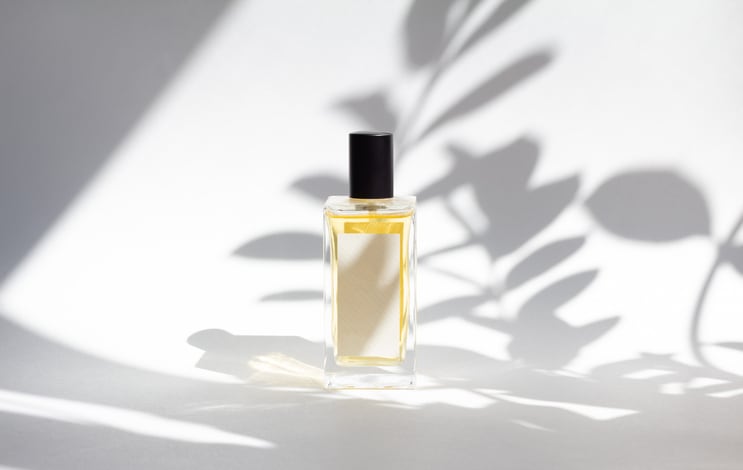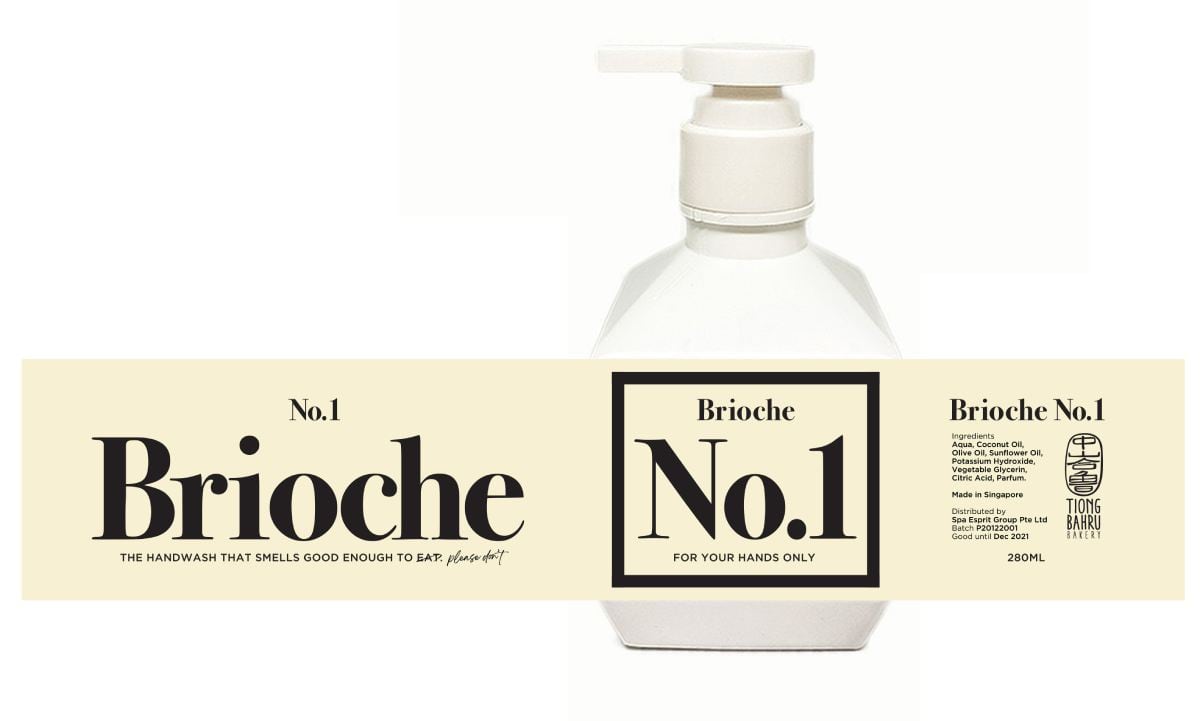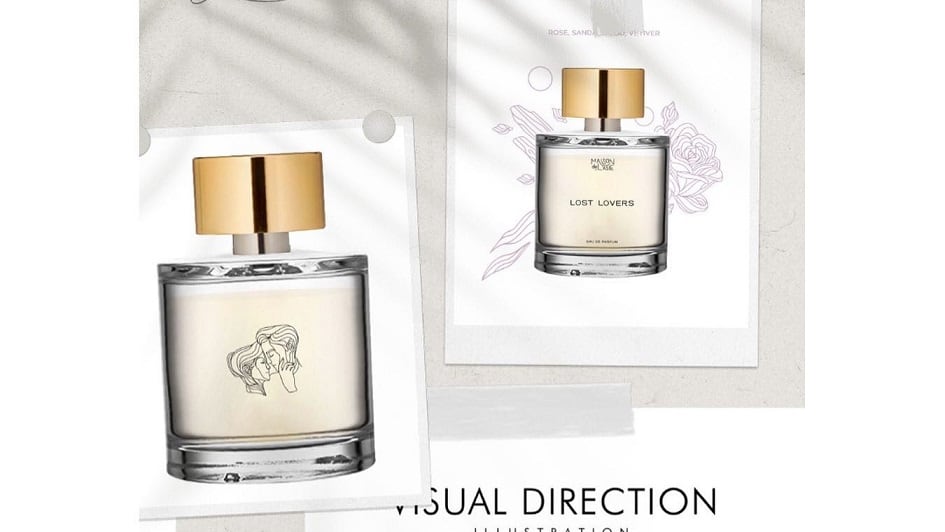In the last decade, the fragrance market has been disrupted by the arrival of niched fragrance brands such as Byredo, Le Labo, Diptyque, and Jo Malone.
While the big brands may still dominate, they are facing stiff competition from these so-called cult brands as consumers lean towards a more personalised and intimate fragrance experience.
In 2019, Estée Lauder Companies reported that its fragrance category benefited greatly from the growth of Jo Malone, Le Labo and Tom Ford, which pulled in net sales of approximately $81m.
The firm attributed part of it to the growth of Jo Malone, which was driven by the APAC region, led by China and the brand’s launch on Tmall Global.
The rise of niche fragrance brands in Asia also triggered a wave of entrepreneurship in the category, believes Clarissa Araujo, regional marketing manager, fine fragrance, APAC, Symrise.
“We’re seeing a real entrepreneurial moment, especially among those of the millennial age, so many of these brands are owned by people between their 30s and 40s or even younger. They have observed the big brands come into take time to learn their language and culture, so naturally, you see this entrepreneurial spirit kicking in. There is a real hunger there.”
Undoubtedly, the rise of e-commerce lowered the barrier of entry for niche fragrance brands to enter the market, contributing to the boom.
The reliance on e-commerce has pushed these brands to adapt to selling perfumes without influencing the consumers’ olfactory senses. Instead, they rely heavily on sophisticated digital communication strategies.
Maison Dixsept, a fragrance brand from China, for instance, films artful videos to tell the story of the fragrance and its creation, which includes the perfumers themselves and the ingredients.
“The big trick to selling fragrance online is translating all of that emotion you cannot smell into something beautiful. It’s really about storytelling. It’s also about humanisation because you don’t want to feel like a robot, you want to feel the passion,” said Araujo.
Brands without borders
The brands’ appetite for success is not limited to their respective local markets, said Karim Lisi, sales director of fine fragrances, APAC, Symrise.
“The millennial generation doesn’t think local, they think global. That’s because they operate in the digital world and they are constantly connected. A lot of them often have an international background from previous experiences in international companies and such, so they have a global vision of the word,” said Lisi.
Lisi said that the global ambitions of the brands were very evident in their aesthetics. Brands like Maison Dixsept, Nonfiction from Korea and OoLa Lab from Singapore all share a similar minimalist aesthetic in terms of design, with simple typefaces and monotone palettes that mimic Byredo, Le Labo and Diptyque.
“Niche today is universal – everybody likes it. There’s a focus on the quality, ingredients and the artist behind the bottle. They are basically using the international codes that are of course going to work in the market,” said Lisi.
Maison de L’Asie, a Singaporean label founded just months ago, told CosmeticsDesign-Asia in March that it would be pushing for an international expansion in 2022. The brand believes that its perfumes have a global appeal despite being made locally in Singapore.
“If you think about the image of Asia in general, it’s becoming very appealing to the rest of the world. There’s no issue on ‘made-in-china' – in fact, there’s pride. I think this is the right moment to send that to the world,” said Lisi.
He added that Asian fine fragrance brands understood the importance of quality and were more willing to pay for it compared to the past.
“Around five to 10 years ago, these perfume makers were more concerned about the price. It was about how to develop the best product at the best price. Today, it’s about the best product at the best quality.”
High-risk, high rewards
Lisi strongly believes that the time is ripe for Asian fragrance brands to stand shoulder-to-shoulder with their western counterparts on the global stage.
He noted that these brands are turning the heads of private equity investors and international companies alike. The potential funding boosts that these brands will receive are sure to speed up their international goals.
“The market is really, really on fire at the moment. Investors know that this market is booming so they are attracting a lot of money,” said Lisi.
With huge opportunities come huge risks as well, and with more brands appearing on the scene, we can expect to see tough competition.
“Everyone knows that it’s a profitable category. There are many brands coming out at the same time, but not all of them will survive. Some will be bought over by the big companies but a lot of them will disappear as well,’ said Lisi.
Araujo added that there is pressure for a brand to be innovative in order to capture the attention of consumers – especially online shoppers. This is giving rise to interesting trends in the market.
“This market is open to experimentation so expect new interesting formats. There’s a lot of conversation about well-being, and how Asian wellness concepts like Traditional Chinese Medicine can translate into fragrance.”





